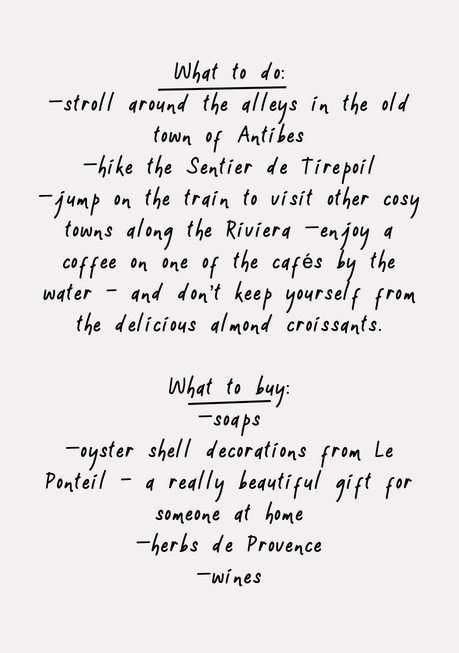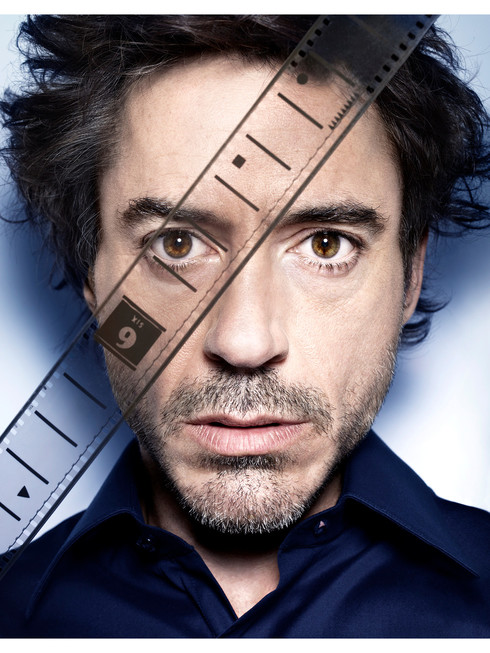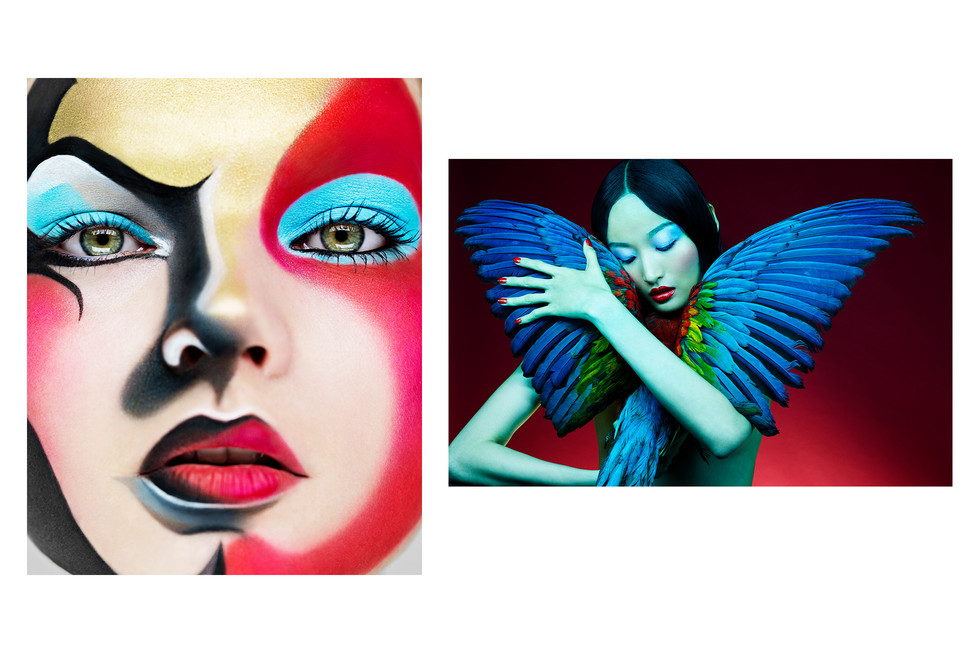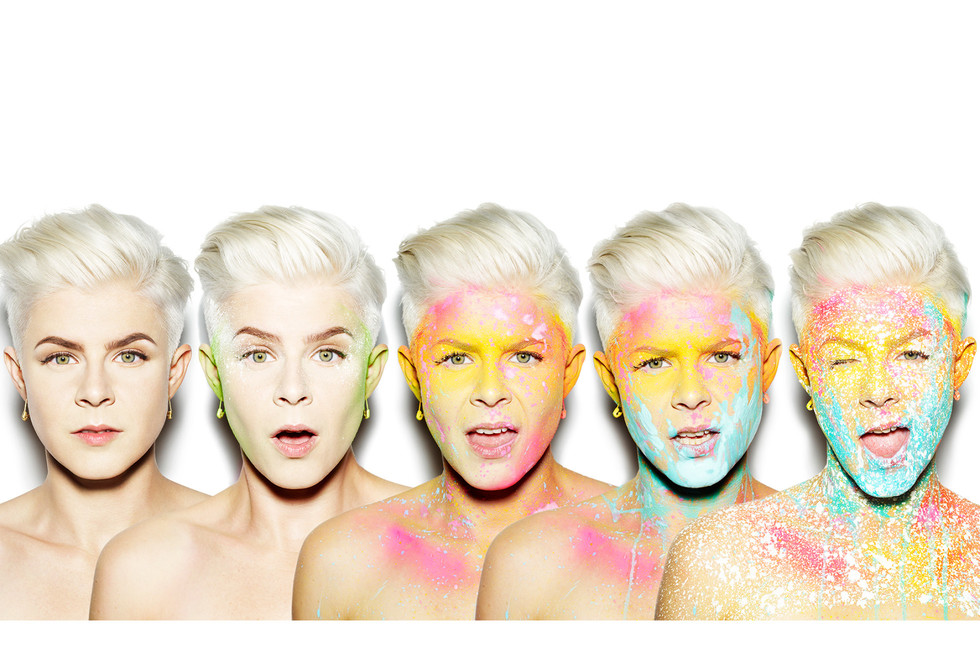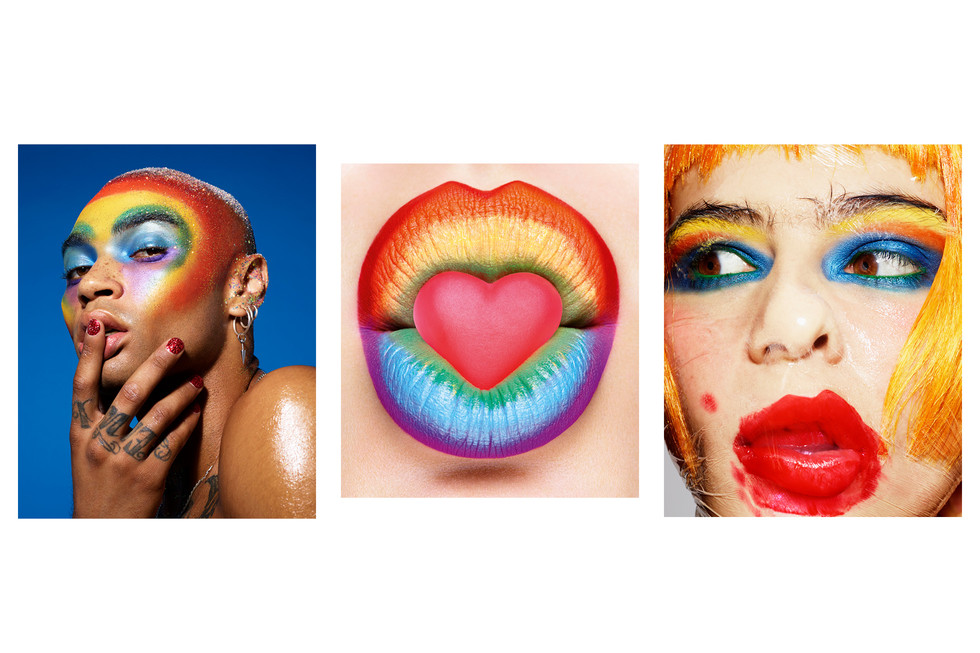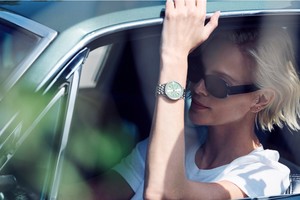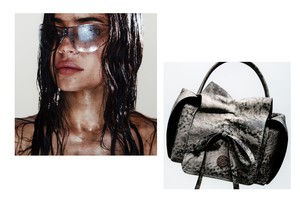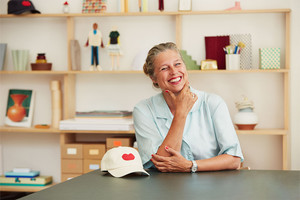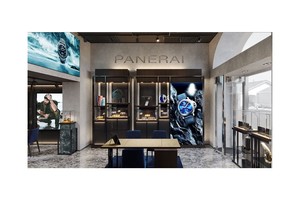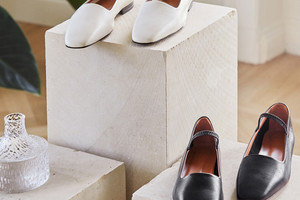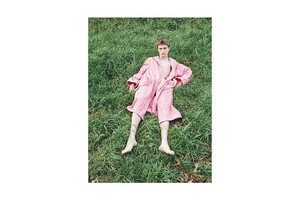48 hours on the French Riviera
Written by Jahwanna BerglundExpect the unexpected, such as delayed trains and flights, and even though things may not always go as you planned, be in the moment. Soak up the positive energies around you, have a glass of Chablis before lunch and know that there’s nowhere else to be and nothing else to do but being right here, right now.
When arriving in Nice in early May you can feel the vibrating essence of the Riviera. It’s a certain light energy with a touch of elegance. There’s an excitement about the Cote d’Azur, that probably stems from old movies and the romantic scenes that have been played out there, both on and off screens since way back.
Since our base for the next three days was going to be Antibes, we jumped on the train from Nice to Antibes, which is a short train ride away, going towards Cannes.
Antibes is a charming gem with just the right amount of everything you need, like restaurants, cafés, culture, beautiful surroundings and of course, the alluring Mediterranean.
We checked in at the Hotel Le Ponteil, which is a small private owned hotel only a few blocks from the beaches of Antibes. In this beautifully restored house, the owners, Efva and Martin, have created a magical sanctuary that feels like your home away from home. The hotel has individually furnished rooms with lots of charm and character.
To eat breakfast outdoors in the morning sun, listening to the birds singing, watching a squirrel running up and down a tree trunk while the house cat is sunbathing in front of the kitchen door is incredibly peaceful. I don’t know if it’s because of the surroundings, the fact that you’re staying at the most charming hotel or simply that your breakfast is made out of the finest quality foods, but the breakfast here tastes amazing!
Depending on how you enjoy spending your days, there’s truly something for everyone in Antibes.
The beach is only a few minutes away – whether you prefer a beach club or the public beach. Bring a paperback or your favourite Spotify playlist in your headphones and soak up the sun! Or if you’re really on vacation to fulltime relax, you can easily spend the afternoon in the garden sofa, reading a book or sipping on your favourite wine. Enjoy the peacefulness and have a little meditative moment with your own thoughts.
If you enjoy a bit more activity, you mustn’t miss the stunning hiking trail around Cap d’Antibes, Sentier de Tirepoil. Make sure to wear your sneakers or other comfortable shoes since parts of the trail are narrow with steeps towards the ocean.
Along the path you pass beautiful villas, and on the waterfront side the setting is constantly changing, depending on the nature. All along the route you smell the different types of flowers in bloom for the season. Prepare for a 2-hour walk, bring a bottle of water and perhaps even your swimsuit if you feel for a dip in the blue. It is easy to understand why artists such as Picasso and Monet found inspiration in Antibes. The environment, the light and the energy are delicate, and you can imagine the spark of creativity that it generates.
Pablo Picasso spent six months in Antibes in 1947, and later donated a number of paintings and drawings that are now on display at the Musée Picasso, that you find in the Château Grimaldi in Antibes. The creativity is blooming to this day and you’ll find a lot of small galleries in the old part of the town.
There’s plenty of choices when it comes to eating and drinking in Antibes. Whether you enjoy seafood (did anyone say oysters?), steaks or vegetarian dishes, there’s something for everyone. The old town of Antibes is very charming with narrow alleys, lots of bars, coffee shops and restaurants.
We were spontaneous when we noticed the beautiful courtyard of La Guinguette. Walk through the indoor part of the restaurant to the romantic courtyard, decorated with bird cages, lamp shades and other colourful items. Here they serve a “Mediterranean menu” inspired of both Italy and southern France. To sit at the table, enjoying the food, while watching the rest of the tables fill up with excited dinner guests is delightful!
Thanks to the regional train company, SNCF, it’s easy to travel between the cities and villages on the Riviera. You can be spontaneous and jump on a train and discover something completely different, only a short train ride away. We made excursions to Nice, to get more of a city feeling, and to Monaco. Nice is a good option if you’re craving a bit more action than the calmer vibes of Antibes. Here you’ll find more shopping, more restaurants, and of course bigger crowds. Monaco is in our opinion overrated but hey – we wouldn’t know unless we hadn’t visited. Of course, you do get a bit curious about this tiny principality that attracts wealthy people, gamblers and Formula 1 enthusiasts. However, there’s plenty of other stops along the train line, and it’s really about how much time you have to kill. We got a recommendation to visit Menton, and since Italy is nearby, you can even take the train to Ventimiglia!
When to go:
-early May is a perfect time if you want to avoid the crowds that arrive during the peak of the summer
-“Jazz à Juan-les-Pins” takes place between the 12th and 21st of July so if you’re a jazz fan – hit it!
-July/August – expect lot’s of people and a more intense vibe since this is when the Riviera gets invaded by tourists and the crowd with summer homes here.
-Cannes Yachting Festival from the 10th -15th of September – still a beautiful time to visit but not as energetic as July or August.


